Our world is burning
21 Feb - 13 Sep 2020
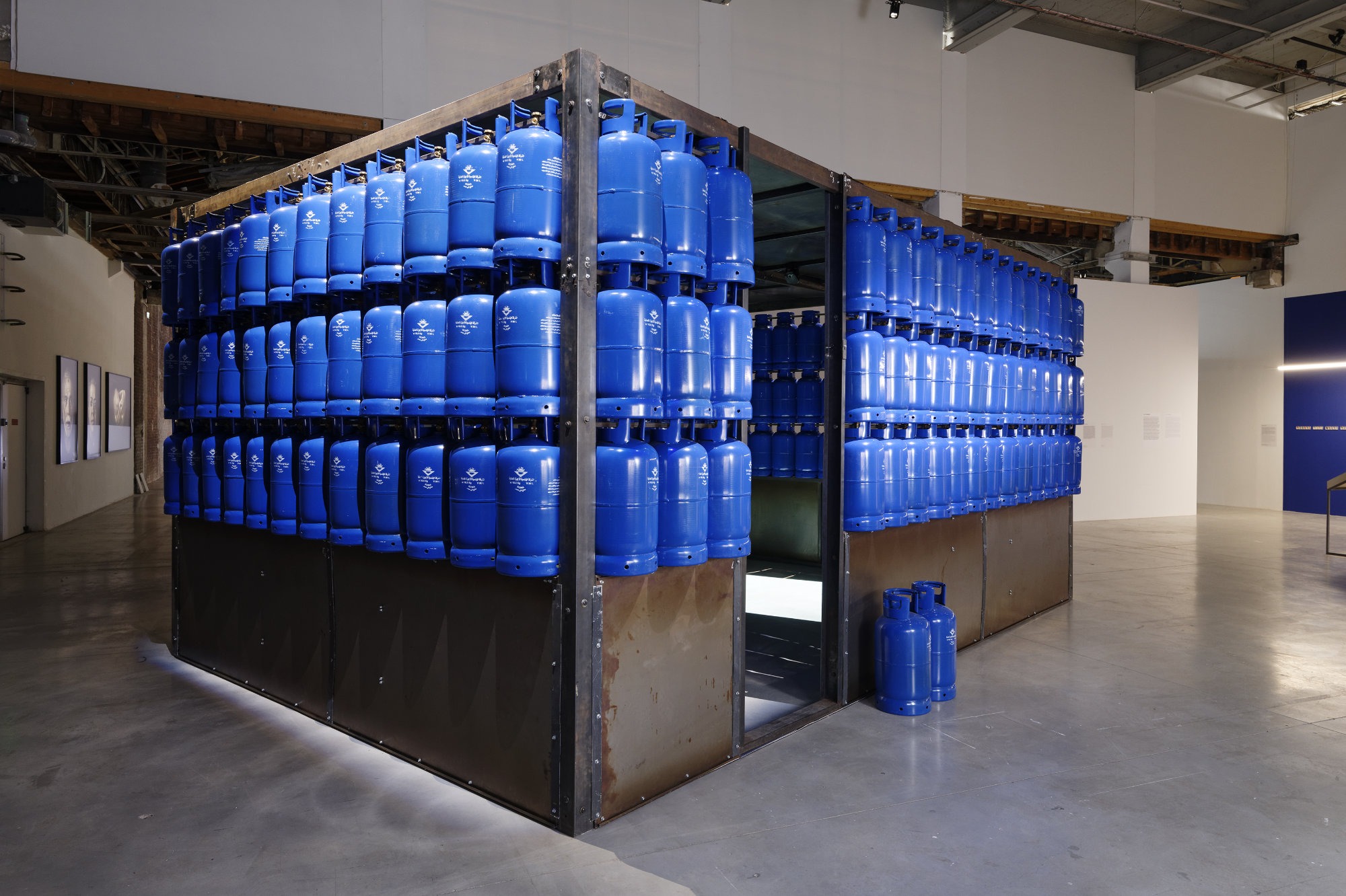
Steel, LGP gas tanks, video, 300 x 600 x 400 cm
Exhibition view of « Our World is Burning », Palais de Tokyo (21.02 – 13.09.2020)
Courtesy of Mathaf : Arab Museum of Modern Art (Doha)
Photo: Aurélien Mole

Danh Vō, We the People (detail), 2011, copper, 265 x 236 x 133 cm
Amal Kenawy, The Silent Multitudes, 2010, steel, LGP gas tanks, video, 300 x 600 x 400 cm
Inji Efflatoun, Greeting to South Lebanon Bride, 1985, oil on canvas, 70 x 50 cm
Mustapha Akrim, Freedom, concrete, steel, 2020, 150 x 100 x 50 cm
Photo: Aurélien Mole
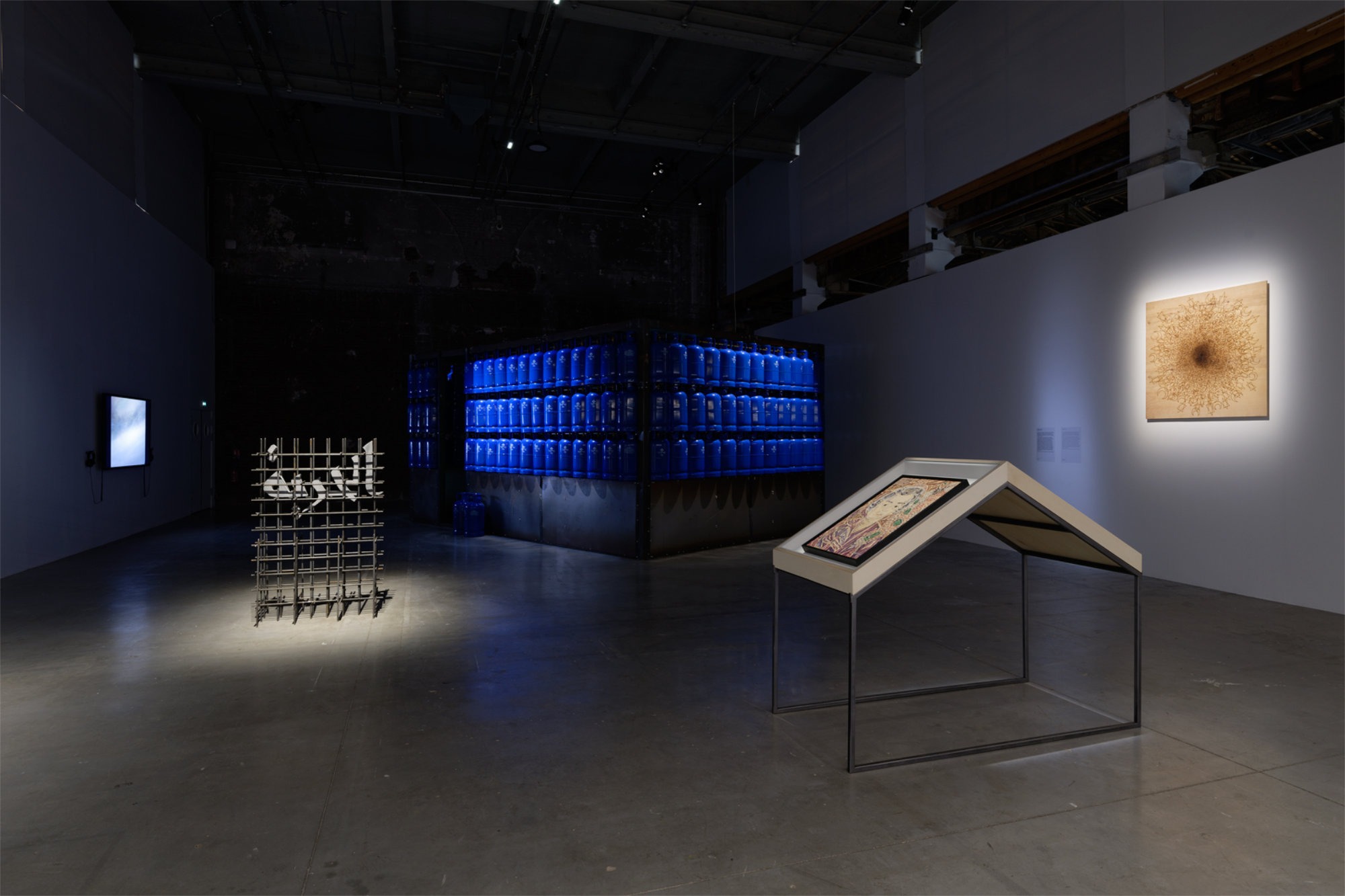
Amal Kenawy, The Silent Multitudes, 2010, steel, LGP gas tanks, video, 300 x 600 x 400 cm
Inji Efflatoun, Greeting to South Lebanon Bride, 1985, oil on canvas, 70 x 50 cm
Mustapha Akrim, Freedom, concrete, steel, 2020, 150 x 100 x 50 cm
Kader Attia, Chaos et Harmonie, 2007, pyrographed wood, 130 x 130 cm
Photo: Aurélien Mole
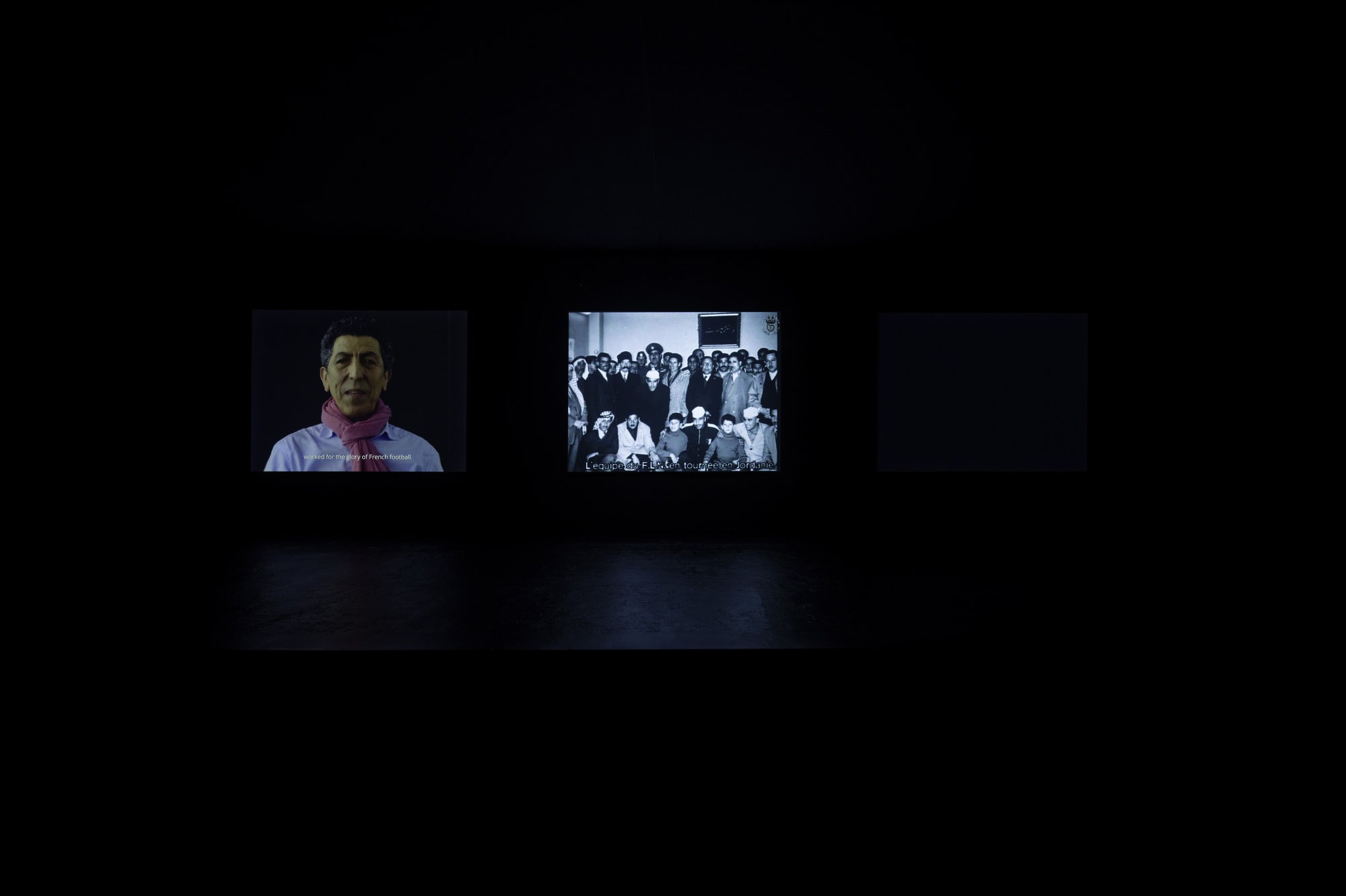
3 screen video installation, sound, color/ B&W, 19’50”
Exhibition view, “Our World is Burning”, Palais de Tokyo, Paris (21.02 – 17.05.2020)
Photo credit : Aurélien Mole
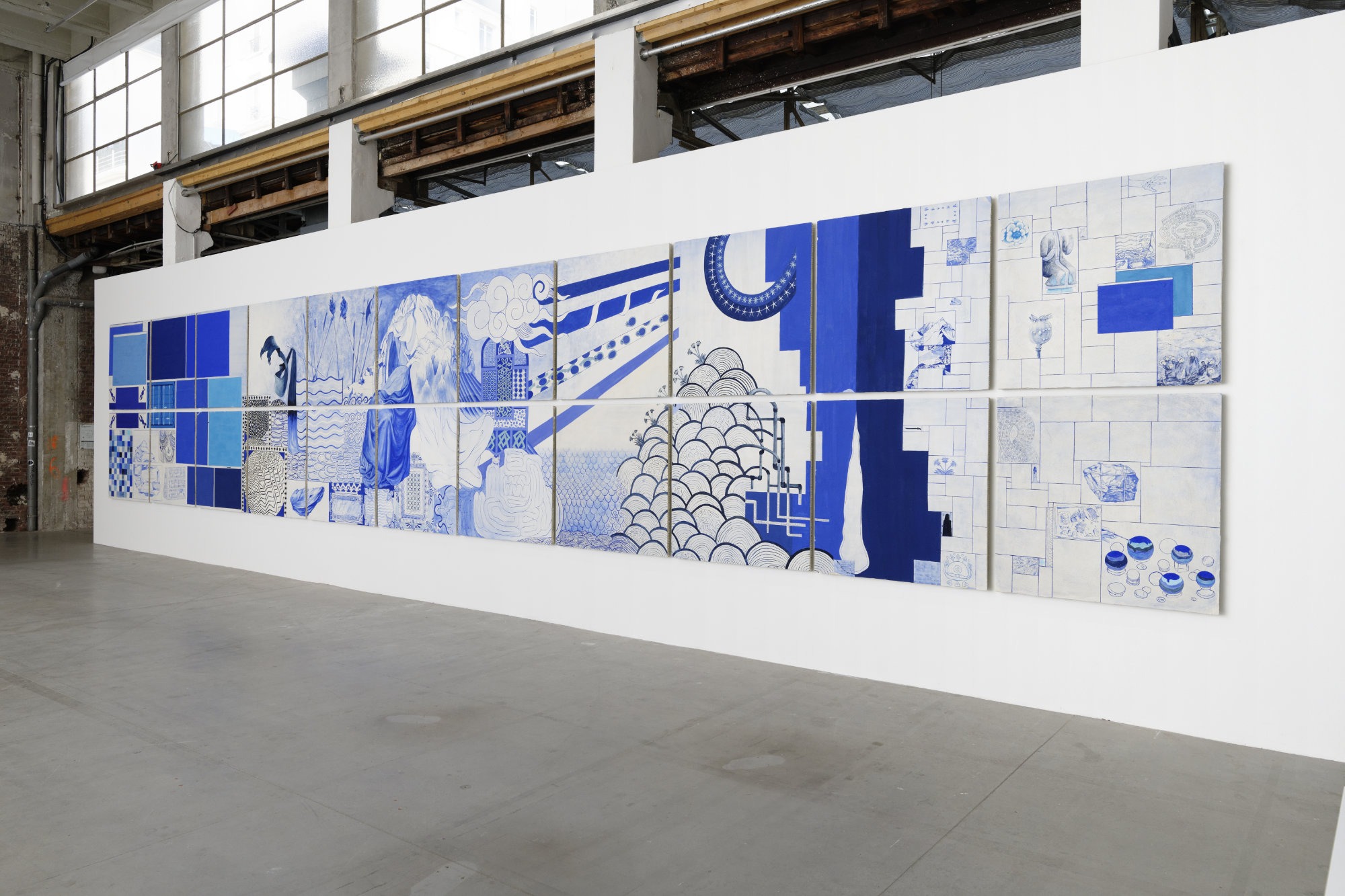
Fresco on aerolam panels, 125 x 125 cm each
Exhibition view, “Our World is Burning”, Palais de Tokyo, Paris (21.02 – 13.09.2020)
Courtesy of the artist
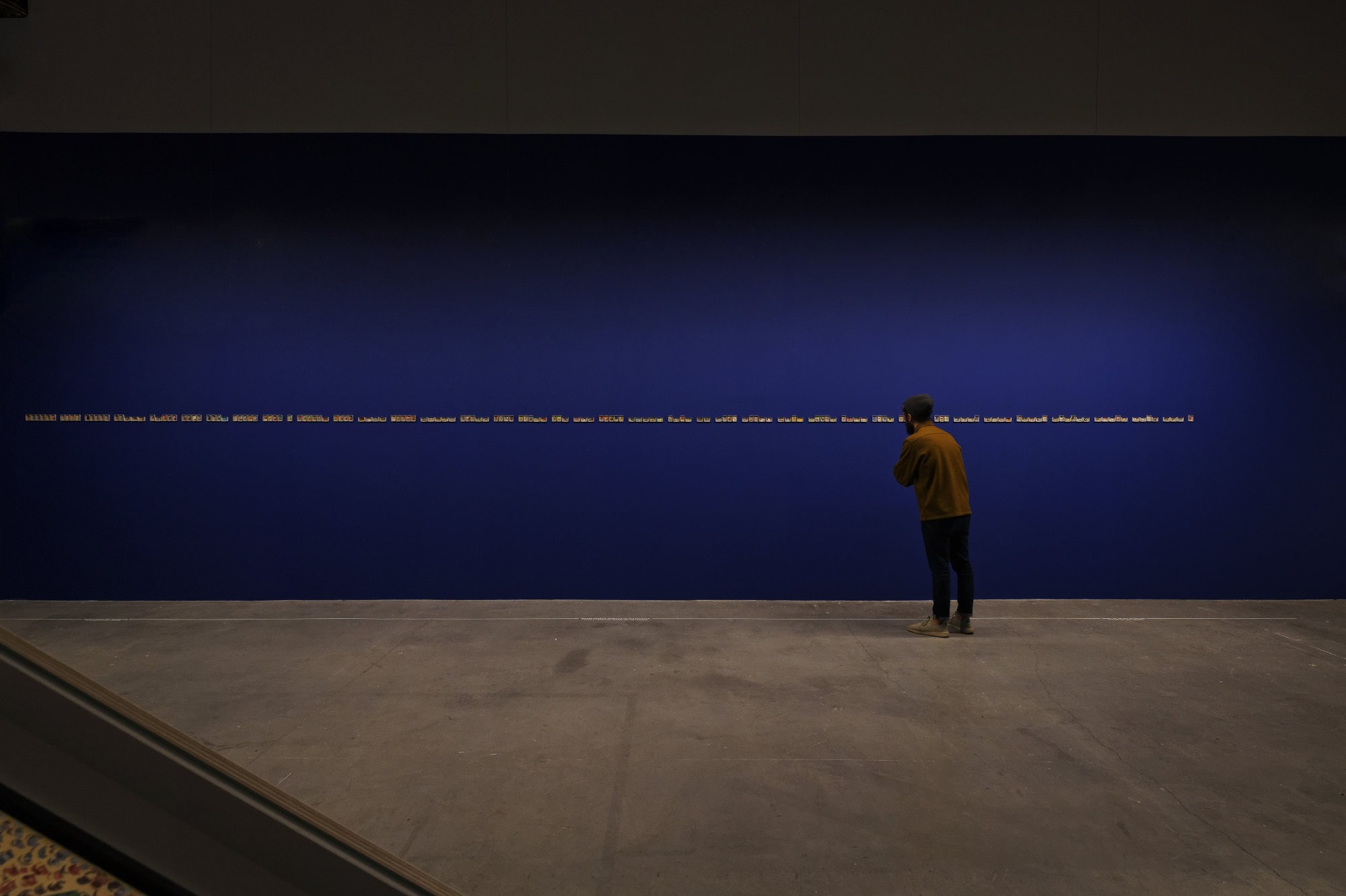
Exhibition view of « Our World is Burning », Palais de Tokyo (21.02 – 13.09.2020)
Photo: Aurélien Mole
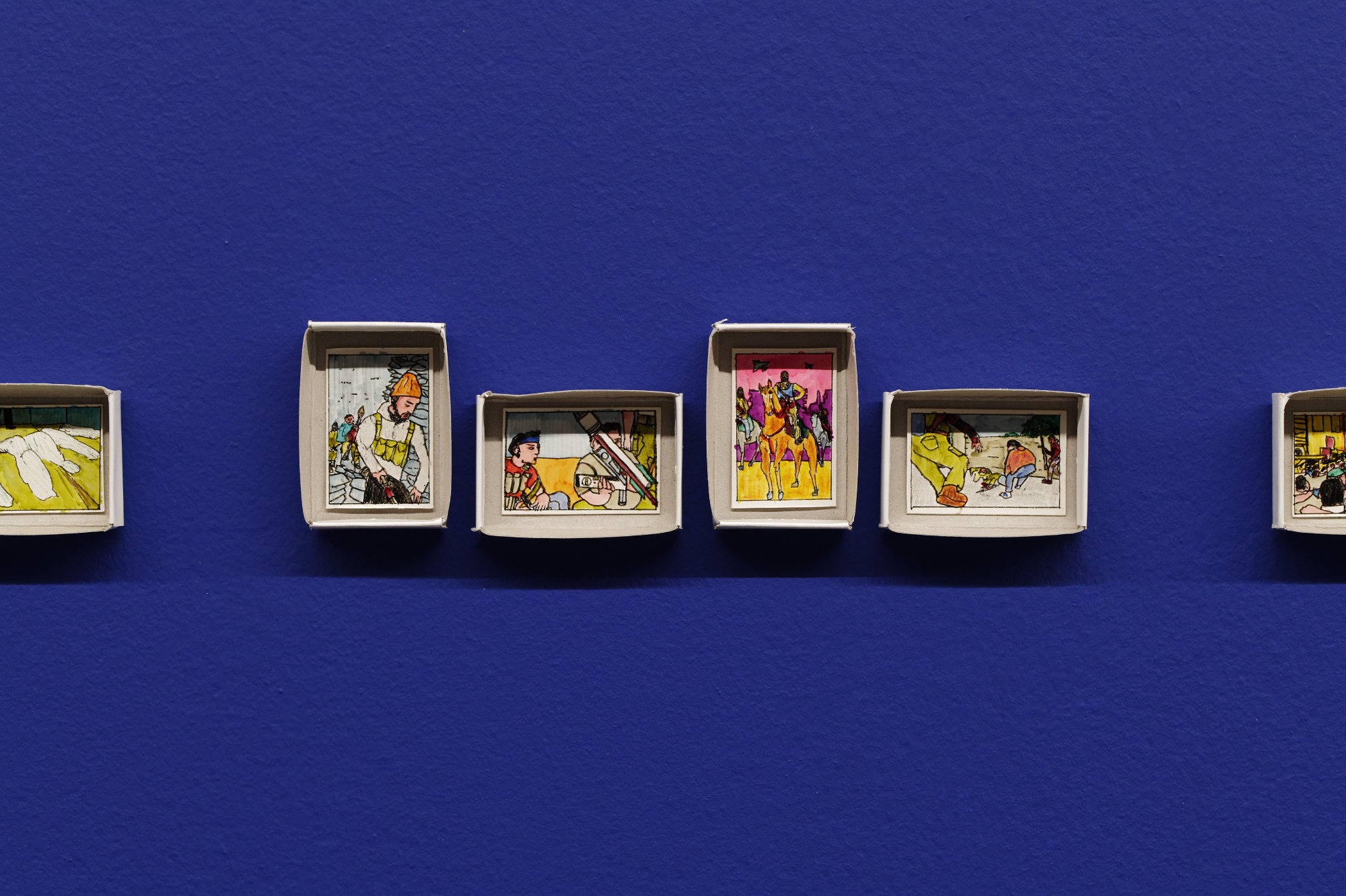
Exhibition view of « Our World is Burning », Palais de Tokyo (21.02 – 13.09.2020)
Photo: Aurélien Mole
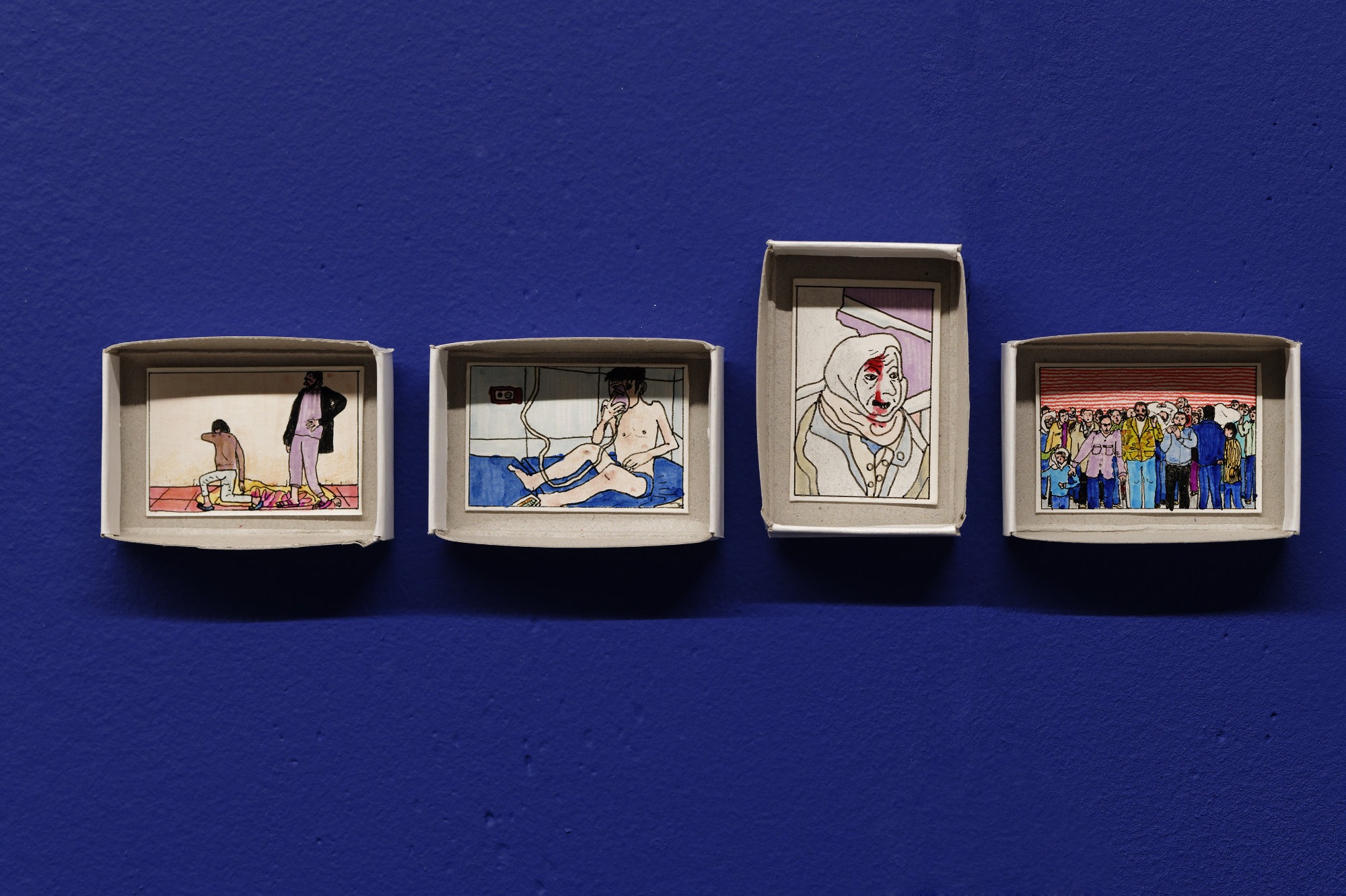
Exhibition view of « Our World is Burning », Palais de Tokyo (21.02 – 13.09.2020)
Photo: Aurélien Mole
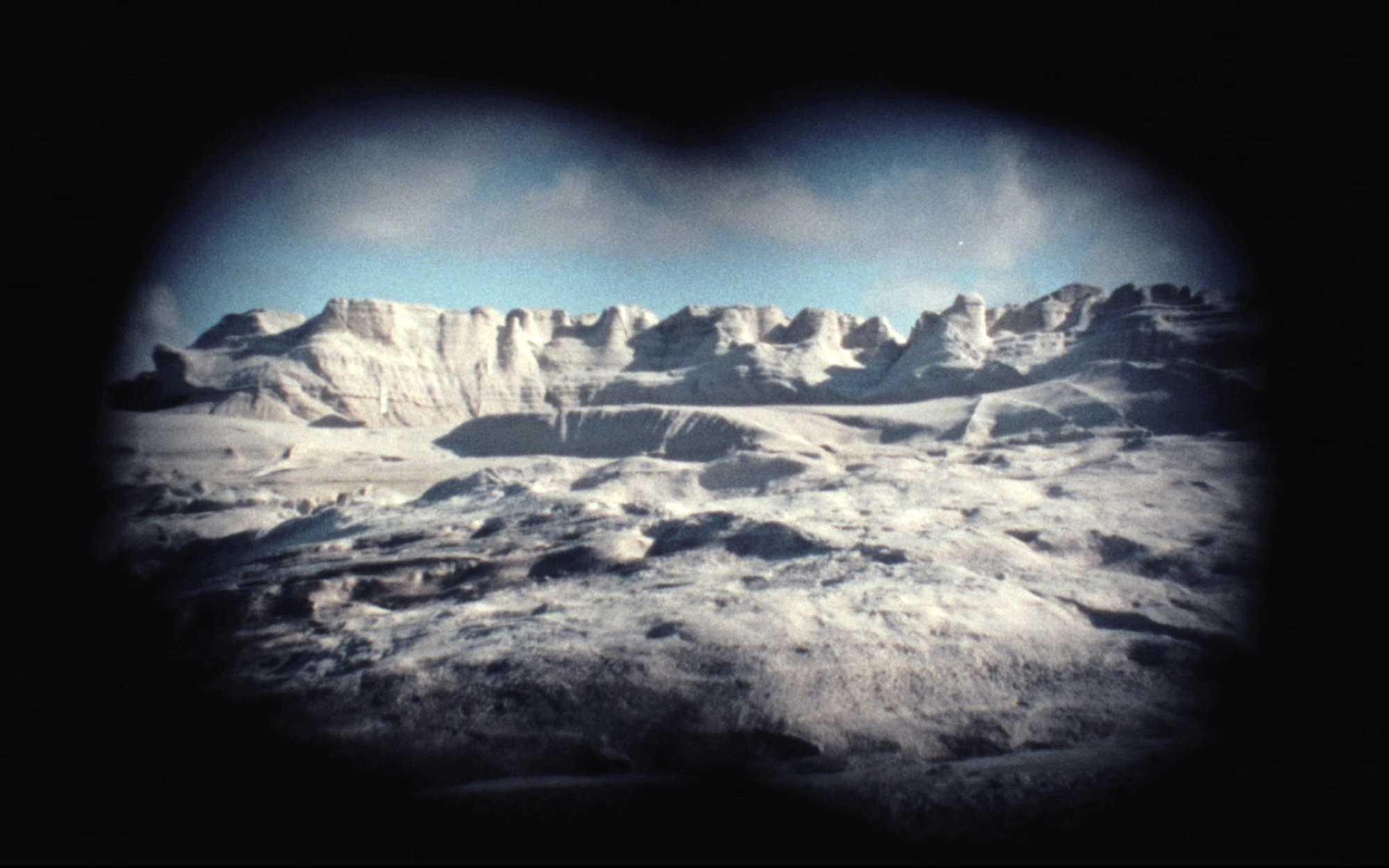
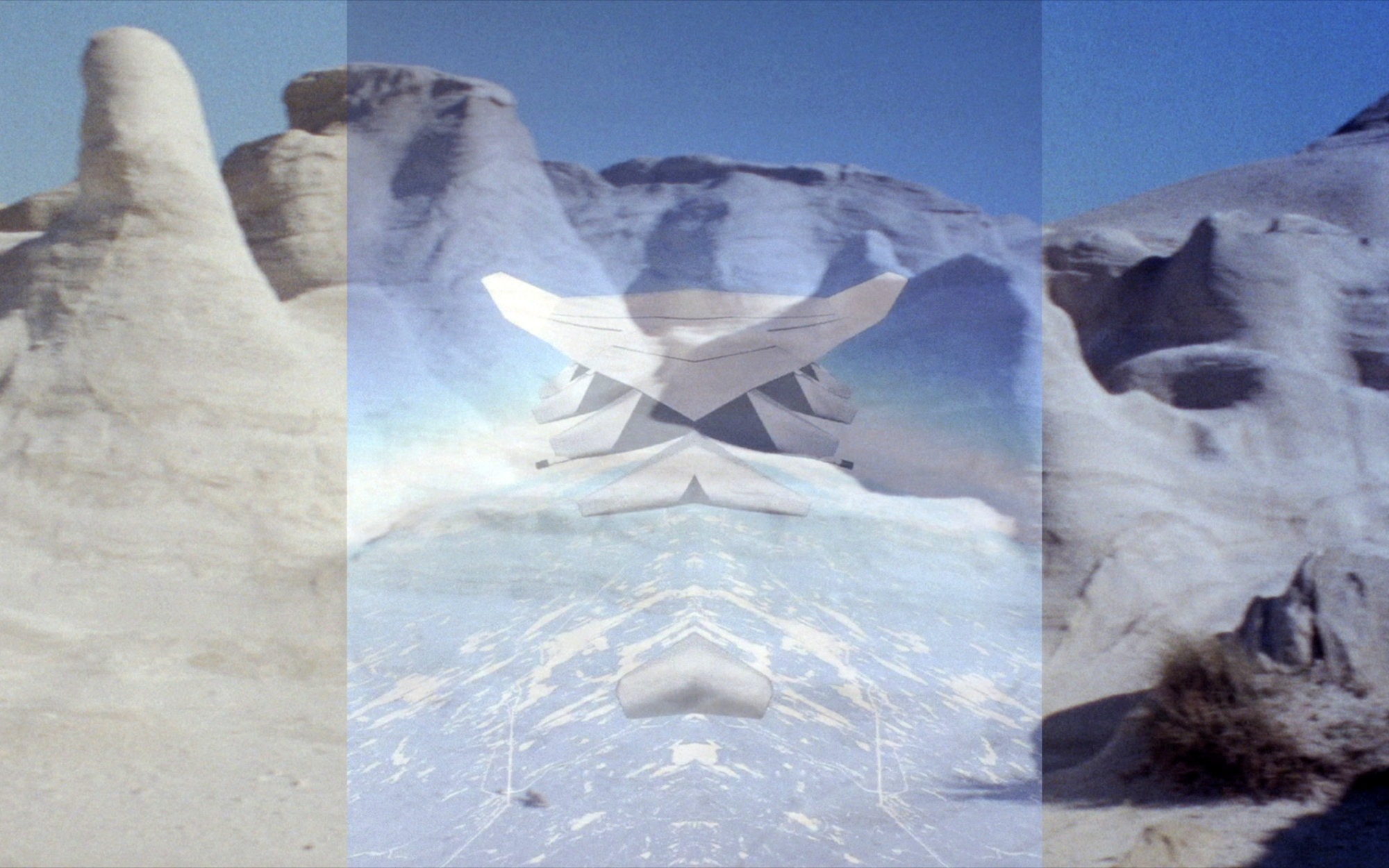
Exhibition conceived in collaboration with the MATHAF
The exhibition Our World is Burning offers a fully political view of international contemporary creation seen from the Gulf, where wars and diplomatic tensions have constantly determined the history of the early 21st century. The title explicitly refers to the human disasters generated by the successive conflicts in this region, while bringing in as broadly as possible the ecological catastrophes embodied by the immensely destructive forest fires from Amazonia to Siberia, without forgetting California. But fire is not just a statement of danger. Ambivalently, it is also a symbol of the formidable democratic élan experienced by this region during the Arab Springs. In this way, the exhibition draws up a fragmentary, sensitive map addressing the numerous societal transformations in the Middle East in the context of global crisis of political debate and environmental fragility.
From the destruction of Iraqi treasures (Michael Rakowitz) to the fate of Syrian refugees (Monira Al Solh) while taking in the financial backing of the Taliban through the exploitation of lapis lazuli (Asli Cavusoglu), “Our World is Burning” presents a complex intermeshing of events, to which the artworks allude while offering multiple poetic perspectives. The exhibition opens with a reflexion on the issue of the Anthropocene (John Akomfrah, Yto Barrada, Raqs Media Collective) and the question of the use of natural resources (Monira Al Qadiri, Sammy Baloji, Fabrice Hyber) in order to participate in the debate about the need to change our exploitative relationship with nature.
It affirms that artworks have the ability to intervene by adopting a position when confronted with the disorders of the world. Fire then refers to the intensity of artistic creation - as in the pieces that are set in the heritage of popular uprisings in the Arab world (Shirin Neshat, Amal Kenawy, Bady Dalloul) and display a deep desire for social justice (Mustapha Akrim, Danh Vo, Faraj Daham, Kader Attia). From a post-colonial viewpoint, the multiplication of historical narratives (Amina Menia, Bouthayna Al Muftah, Wael Shawky, Dominique Hurth) thus becomes a way to affirm alternative versions and thus to trace out the premises for a pluralistic society, with less hierarchical and more horizontal structures.
Our World is Burning is an exhibition curated by Abdellah Karroum, director of Mathaf: Arab Museum of Modern Art in Doha, Qatar. Karroum previously founded L’Appartement 22 in Rabat in 2002 and curated the 2012 La Triennale alongside its artistic director, the late Okwui Enwezor. Home to a permanent collection that offers a uniquely comprehensive overview of modern Arab art, Mathaf (“museum” in Arabic) performs an important role as a centre for dialogue and scholarship, and a resource for fostering creativity. Established in 2010 by Qatar Museums in partnership with Qatar Foundation, the museum is located in a renovated former school building in Doha’s Education City. The core of the museum’s collection was assembled by founder H.E. Sheikh Hassan bin Mohammed bin Ali Al Thani. Sheikh Hassan began the collection in the 1980s, starting with the acquisition of works by Qatari artists and broadening the focus to include works by 20th century artists throughout the Middle East, North Africa and the Arab Diaspora, as well as objects that inspired Arab modern artists, such as pre-Islamic works from ancient Mesopotamia and Egypt.
Artists:
John Akomfrah, Mustapha Akrim, Francis Alÿs, Kader Attia, Mounira Al Solh, Bouthayna Al Muftah, Monira Al Qadiri, Sophia Al Maria, Sammy Baloji, Yto Barrada, Aslı Çavuşoğlu, Faraj Daham, Bady Dalloul, Inji Efflatoun, Khalil El Ghrib, Mounir Fatmi, Fabrice Hyber, Dominique Hurth, Amal Kenawy, Amina Menia, Shirin Neshat, Otobong Nkanga, Sara Ouhaddou, Michael Rakowitz, Younes Rahmoun, Wael Shawky, Oriol Vilanova, Danh Vo, Raqs Media Collective
Cultural programming with:
Bolatito Aderemi-Ibitola, Francis Alÿs, Tania Bruguera, Bady Dalloul, Irreversible Entanglements, Jane Jin Kaisen, Katia Kameli, Basim Magdy, Amina Menia, Sara Ouhaddou, Raqs Media Collective et Ben Russell. Curator: Vittoria Matarrese
Curator: Abdellah Karoum
Co-curator: Fabien Danesi
